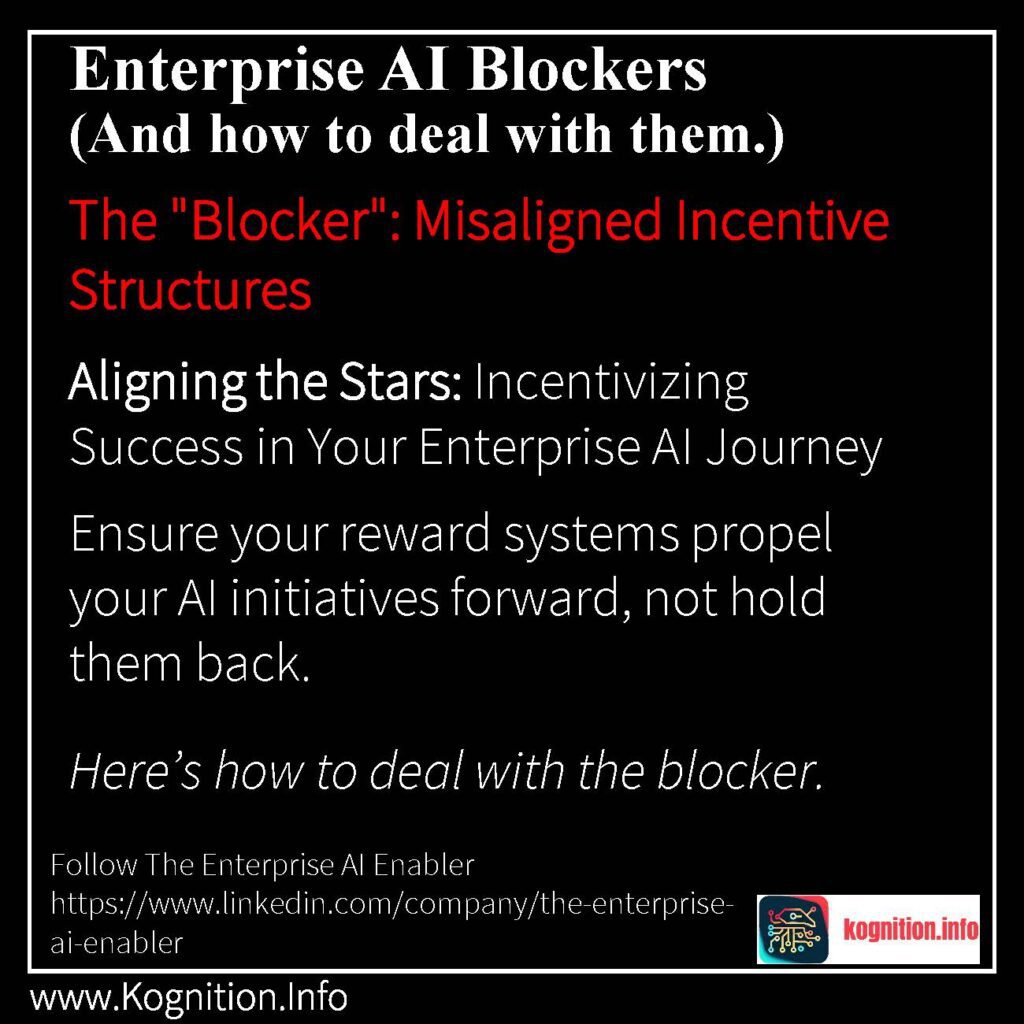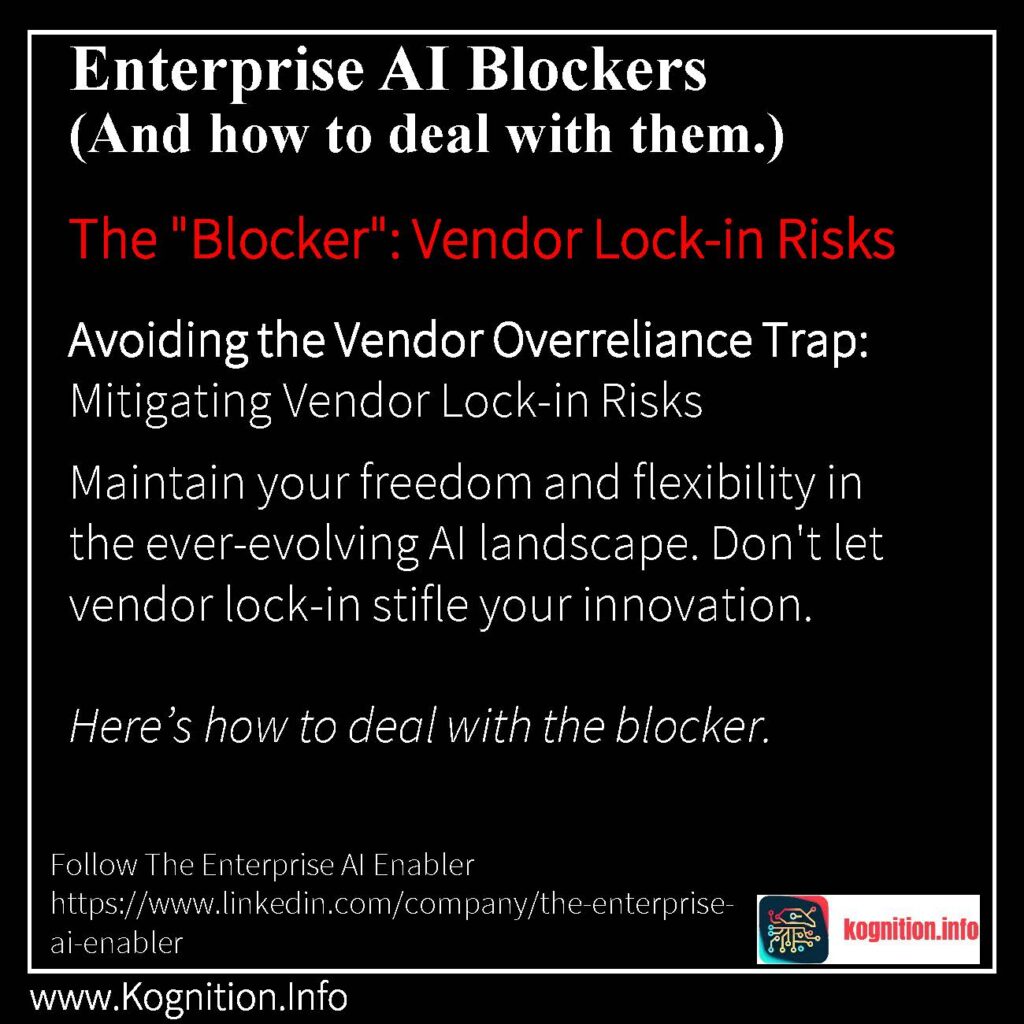Data Governance: The Unsung Hero of Enterprise AI Enterprise AI is a complex endeavor with several Blockers (or Rocks) impeding progress. Here’s one blocker and how to deal with it. Establish clear data rules to unlock the power and potential of your AI initiatives. The Blocker: Lack of Data Governance Imagine a bustling city with…


